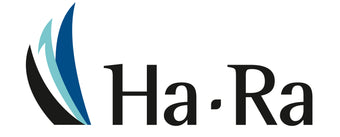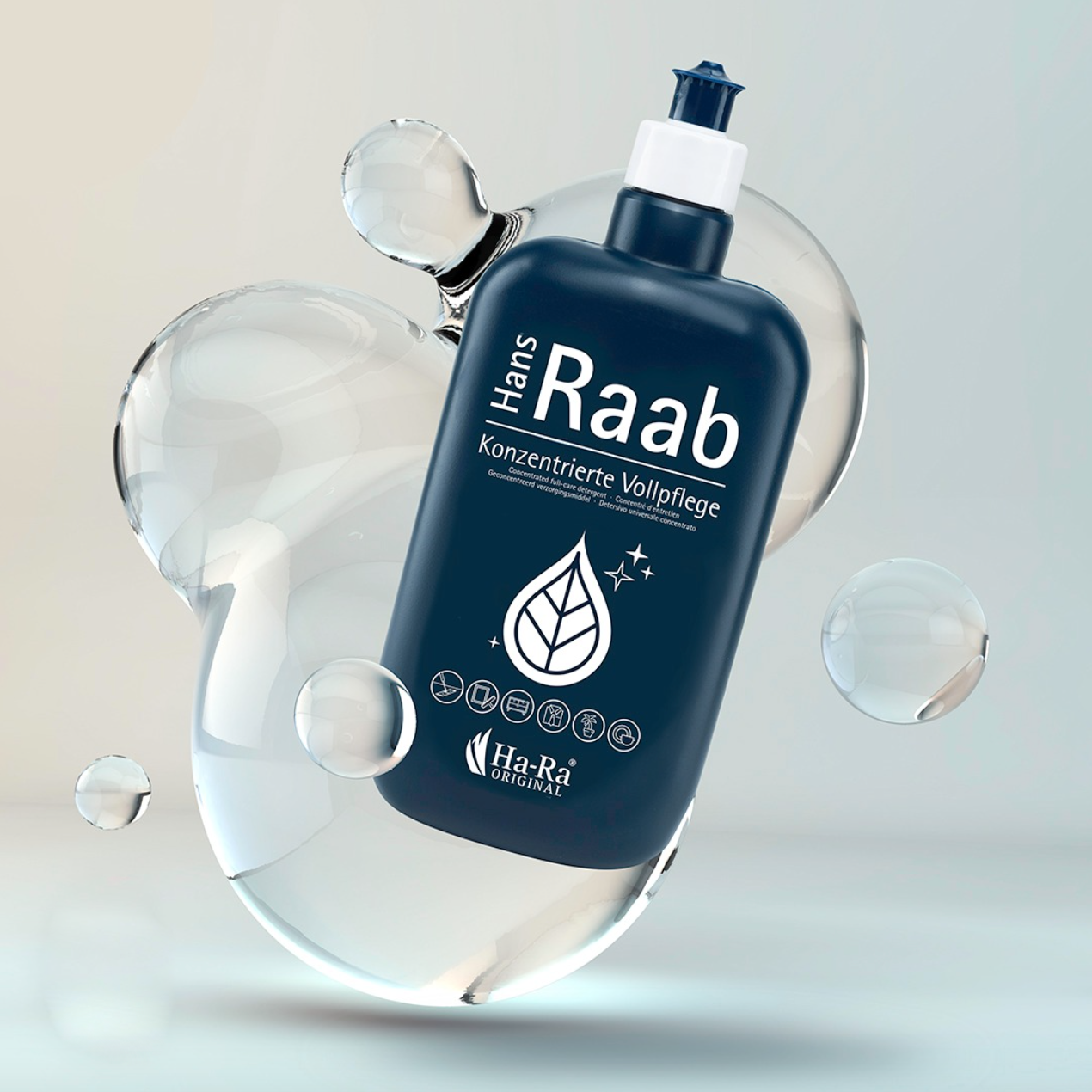Cleaning detergents typically have varying ph values, making them appropriate for a wide range of uses. So, what exactly do you mean by "pH neutral"?
The term "pH" is derived from the Latin phrase "potentia hydrogenii" and refers to the concentration of hydrogen ions in an aqueous solution. The pH values range from 0 to 14 (in rare cases, they can reach -1 to 15) and are a reflection of the negative logarithm of the concentration of hydronium ions.This information is fairly thorough, but the most important thing to remember is that a pH value is established only when an agent is coupled with water (oil, for example, has no pH value).
All acids exist in the pH range of 0 to 6. The highest concentrated acid is 0 and the mildest is 6.
Pure water, which has a pH value of 7, is an example of a pH value that is considered neutral.
Lyes, also known as alkaline or bases, have pH values ranging from 8 to 14, and they all fall within that range (8 is the mildest lye, 14 the most concentrated).
Each pH value has its own distinct colour. This information is useful if you are using pH test strips since you can determine the pH level depending on the colour that the test strip turns to. What roles do acids and alkalis play in the cleaning process?
The pH value is one of the aspects that contributes, among other things, to the fact that different cleaning agents are especially well suited for one or more of the cleaning jobs that need to be done around the house.
Acids and bases have distinct effects: When it comes to removing inorganic and mineral pollution, acidic cleaning agents such as citric acid, e.g. Kalkex, work remarkably well. As a result, they are effective against limescale and urine scale, making them particularly popular in the bathroom.However, when using acids on natural surfaces such as marble or slate, additional care should be given because the stone can become dull or discoloured. As a result, we always advocate using a ph neutral detergent solely on natural surfaces.
Acids are also incompatible with any metal for cleaning; even base metals such as aluminium, iron, and zinc will have their surfaces attacked and damaged.
Alkaline cleaners, on the other hand, such as baking soda, are effective at removing organic material such as grease, protein, blood, and soot from stones and wooden garden items. Alkaline compounds are frequently utilised in dishwashing detergents and general detergents due to their ability to breakdown fat.
A ph neutral detergent can be used as a general cleanser throughout your home. The Protective Formula is an environmentally friendly and 99% biodegradable solution. Furthermore, it is gentler on the skin than acidic or alkaline cleaners since it keeps the skin from drying out and becoming irritated.
Acidic and alkaline cleaners are not the same thing as ph neutral detergents. Because ph neutral detergents do not react, they are classified as all-purpose cleansers.
The ph neutral Protective Formula contains no nitrates or phosphates and only natural smells. It consists of 10-20% anionic surfactants, 5-10% biological solvents, 5-10% skin-protection ingredients (glycerine) and 1-5% starches.This multi-purpose cleaner's surfactants and solvents add greatly to the product's excellent performance. Cleaning usually necessitates the use of mechanical instruments. Therefore we always recommend: The fibres do the cleaning and the ph neutral detergent assists with this task. It keep the fibres in a good condition and changes the tension of the water, so the mechanical-fibre cleaning technology can deliver the best results.
The ph neutral detergent is used in combination with cloths and gloves while wiping, scrubbing and cleaning. When compared to acidic and alkaline cleansers, neutral cleaners offer a number of benefits as they won't destroy the fibres you are cleaning with. Ph neutral detergents are more gentle than any other type of cleaners, particularly in terms of their suitability on different surfaces.
These gentle cleaners are superior to the caustic cleaners for a number of other reasons as well, including occupational safety and skin contact.
They are kind to different materials and can be used on delicate surfaces without causing damage. What kind of responses does our skin have to different pH levels in cleaning products? Our skin is slightly acidic. The pH of the surface of the skin is typically between 5.4 and 5.9 all the time. This so-called acid protective layer of the skin results in numerous benefits for humans as a result of its interaction with perspiration, sebum, and the bacteria that are also a part of the skin flora.
The skin has the ability to defend itself against some of the damaging effects of the environment because to the slightly acidic environment. The naturally acidic environment of our skin flora also helps to defend us against various illnesses. Alkaline or acidic detergents can interfere with the balance on your skin. Therefore it is recommended that you limit to contact with alkaline or acidic on your skin.
Where can you use a ph neutral detergent?
A ph neutral detergent is a multi-purpose cleaner that can be used in various areas. Whether in the household, in the garden or on the go, it is an environmentally-friendly product for all kitchen and household chores.Washing dishes: ½ teaspoon Protective Formula to 5l of water for a shiny wash. You can also use ph neutral detergent in the dishwasher if you don't have any dishwasher cleaner at hand.
Cleaning: Cleaning of all surfaces
Children's toys: safe method of cleaning toys
Cleaning the floor: Both tiles and wooden floors such as parquet or laminate, but also stone floors can be cleaned with it.
Carpets and upholstery: They can also be cleaned with ph neutral detergent.
Camping: As an all-rounder for washing dishes, laundry and against stains as it's biodegradable
Bicycles, prams, etc.: good against dirt and grease, e.g. B. cleaning the bike
Pool: cleaning of the pool
Against pests: environmentally friendly control of aphids
Stains and dirt: Prewash heavily soiled laundry
Detergent: You can also use ph neutral detergent in the washing machine as an environmentally friendly detergent.
Pets: washing pets







